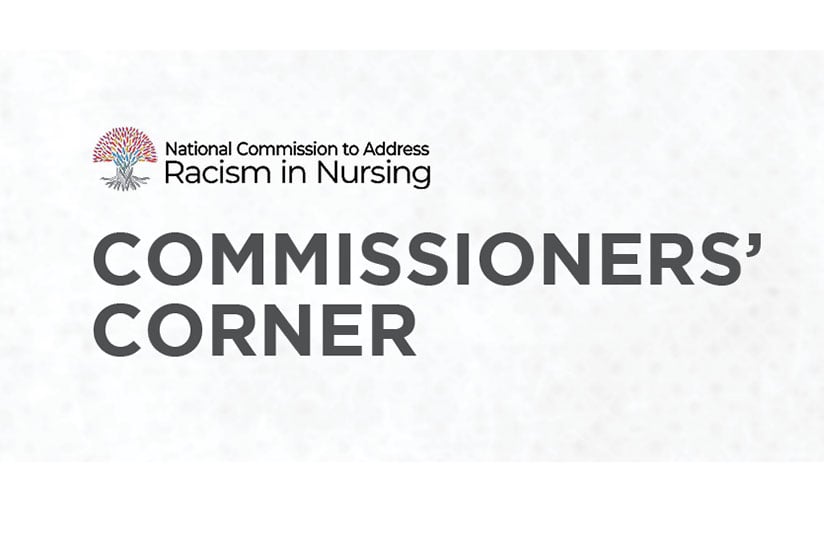Unreported Workplace Violence - Why is This So Common?
4 min
Many join the nursing profession because of a deep sense of compassion for others. Society respects nurses for this reason. It is heartbreaking then, to learn that workplace violence (WPV) is a common occurrence that nurses must face.
Being a nurse is both rewarding and difficult. While the emotional reward of helping others is immeasurable, some of the difficulties of being a nurse are far darker than just long hours. Workplace violence in the nursing profession is a real and prevalent problem, and unreported and underreported (failing to report something fully) WPV keeps the true scope of the problem obscured from healthcare management and oversight organizations, like the Joint Commission, the Centers for Medicare & Medicaid Services (CMS), and the Occupational Safety and Health Administration (OSHA ). One widely cited study published in 2015, found an overall rate of only 12% reported their WPV incident, while 88% did not fully report their WPV incidents through their official reporting channels.
So why is this happening? The story below may give some insight. It is taken from a collection of real accounts from nurses who have experienced various forms of abuse, which were gathered and verified by the American Nurses Association.
I have witnessed multiple incidents of extreme physical harm by patients who have a history of violent assaults or who have dissociated at the time of the attack. I have witnessed and tried to intervene in assaults that have led to several staff concussions and a broken leg. One of my colleagues was nearly choked to death by a teenager. I have been kicked, punched, and had a chunk of my hair pulled out of my head when I resisted being bitten. Once, I heard one patient say to another, “You can do anything you want around here. The staff can’t do anything to you.” And that person was right. A few times when staff tried to press charges, the police who responded said this was part of the job—we had “signed up for it”. After a few such calls, the hospital administration discouraged staff from pressing charges and told us we could no longer call the police department during codes.
Why Are the Majority of WPV Incidents Not Reported?
These true accounts are difficult to hear about, and even more difficult to experience. So why then are the vast majority of WPV events not reported? According to the National Institute for Occupational Safety and Health (NIOSH), WPV is often not reported due to:
- A persistent perception within the health care industry that workplace violence is "part of the job".
- Poor or non-existent institutional policies, procedures, staff training or support.
- Overly complex reporting procedures create a disincentive for reporting.
- A concern that violence happens so frequently that it's time-consuming to report every event, in addition to a lack of response when time is taken to report.
- Fear that reporting will reflect poorly on the nurse (victim blaming).
- Belief that some patients cannot be held accountable for their violent actions.
Additional Barriers to Reporting
The ANA also found in its Issue Brief: Reporting Incidents of Workplace Violence, that additional barriers to reporting are:
- A lack of agreement on definitions of violence, e.g., does it include verbal harassment?
- A lack of awareness of the reporting system.
- A belief that reporting will not change the current systems or decrease the potential for future incidents of violence.
- A belief that the incident was not serious enough to report.
- A practice of not reporting unintentional violence, e.g., incidents involving Alzheimer’s patients.
- A fear of reporting supervisory workplace violence.

How to Increase Reporting and Overcome Barriers
To increase WPV reporting, it will take ongoing management commitment and a workplace culture change to eliminate these barriers. It will also take encouragement from management and staff to report every incidence of WPV, every time. At first it may be difficult to report every incidence of WPV. In addition to the extra time it may take, reporting may make you “stand out” from your peers, even though they are experiencing the same thing you are (but they are not reporting it). There may even be pressure from management and peers to “not make a big deal” of every incident. This way of thinking must change if there is to be a successful effort to prevent WPV. Reporting every incident, every time, will help quantify where, when, and how WPV is happening so that the necessary prevention resources can be established and applied where it is needed. There are many effective interventions that can help keep you safer, but first we must expose the severity of the problem. Understanding the true scope of the problem through data is also the best way to justify the cost of necessary prevention measures. Accurate reporting data will also allow for further research into the effectiveness of any WPV interventions.
There are no easy answers to the WPV problem, but like with many things, the first step is awareness. That is why the American Nurses Association created the End Nurse Abuse campaign. It is with the hope that openly sharing the truth will not only help raise awareness, but spark conversations that can pave the way to solutions. If you would like to be part of the solution, you can take action now by visiting RNAction.org to learn how you can advocate and urge your policymakers to address violence in health care.



